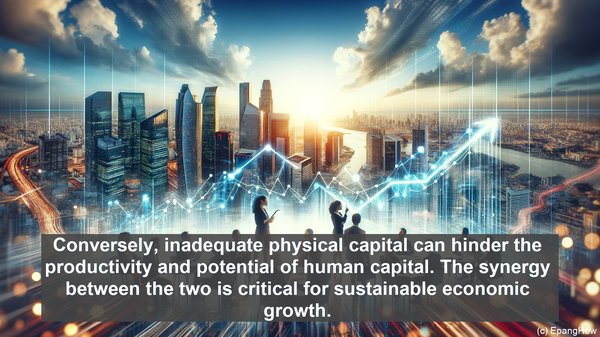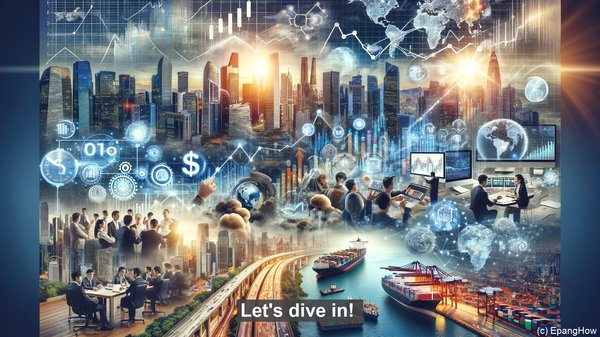Introduction: The Essence of Capital
Greetings, ladies and gentlemen! Capital is the lifeblood of any economy, and it comes in various forms. Today, we’ll be exploring two crucial types: human capital and physical capital. While both are vital, they differ significantly in their nature and impact. Let’s dive in!
Defining Human Capital
Human capital encompasses the knowledge, skills, and expertise possessed by individuals. It’s the collective intellectual wealth of a workforce, acquired through education, training, and experience. Think of it as the intangible asset that drives productivity, innovation, and growth in a knowledge-based economy.
Unveiling Physical Capital
On the other hand, physical capital refers to the tangible assets used in production, such as machinery, infrastructure, and technology. It’s the concrete manifestation of investment, enabling the transformation of raw materials into finished goods. Physical capital is often seen as the backbone of industries, facilitating efficiency and scale.
Differentiating Characteristics
While both forms of capital contribute to economic development, they possess distinct characteristics. Human capital is unique to individuals, residing in their minds and capabilities. It’s not easily transferable and requires continuous nurturing. In contrast, physical capital is transferable and can be bought, sold, or leased. It’s subject to depreciation and requires periodic maintenance.
The Dynamic Nature of Human Capital
Unlike physical capital, which can be static, human capital is dynamic. It evolves, expands, and adapts. Continuous learning, upskilling, and staying abreast of technological advancements are essential to enhance human capital. Additionally, human capital is often associated with the concept of ‘knowledge spillover,’ where the benefits of one individual’s expertise can extend to others, fostering a collaborative environment.

The Interplay: Human and Physical Capital
Human and physical capital are not isolated entities; they interact and influence each other. A highly skilled workforce can maximize the potential of physical capital, utilizing it optimally. Conversely, inadequate physical capital can hinder the productivity and potential of human capital. The synergy between the two is critical for sustainable economic growth.

Significance in the Modern World
In today’s knowledge-driven global economy, human capital has emerged as a key differentiator. Nations and organizations that invest in education, training, and skill development are better positioned to thrive. Moreover, as automation and AI reshape industries, the value of human capital, with its uniquely human traits like creativity, critical thinking, and emotional intelligence, becomes even more pronounced.
